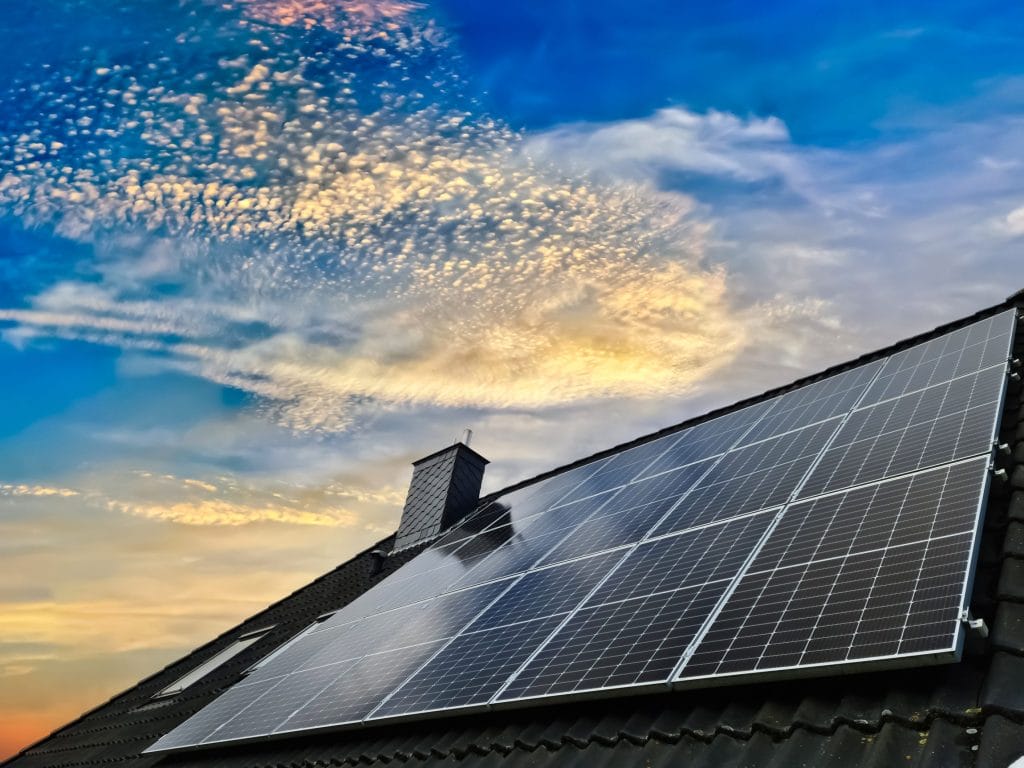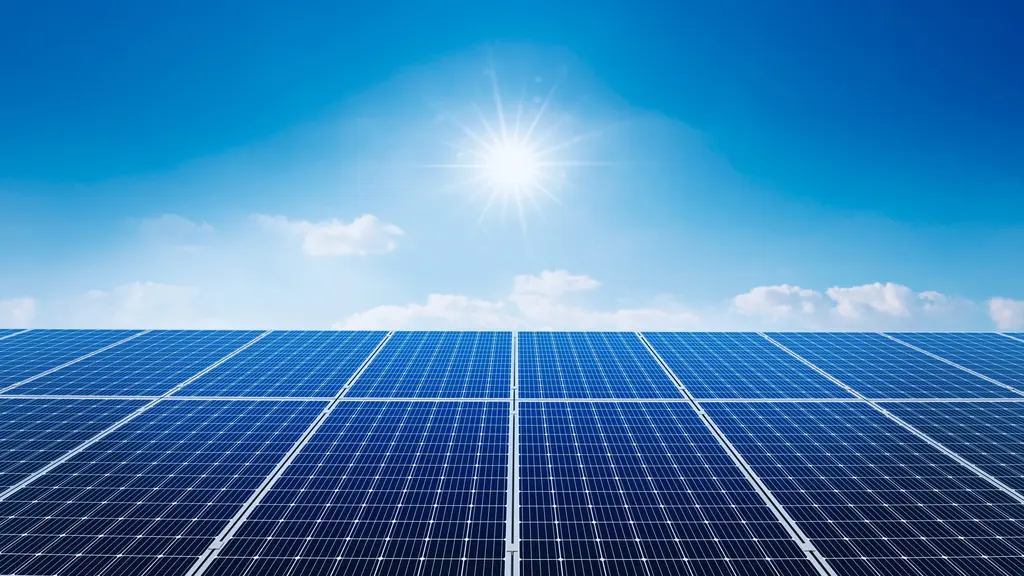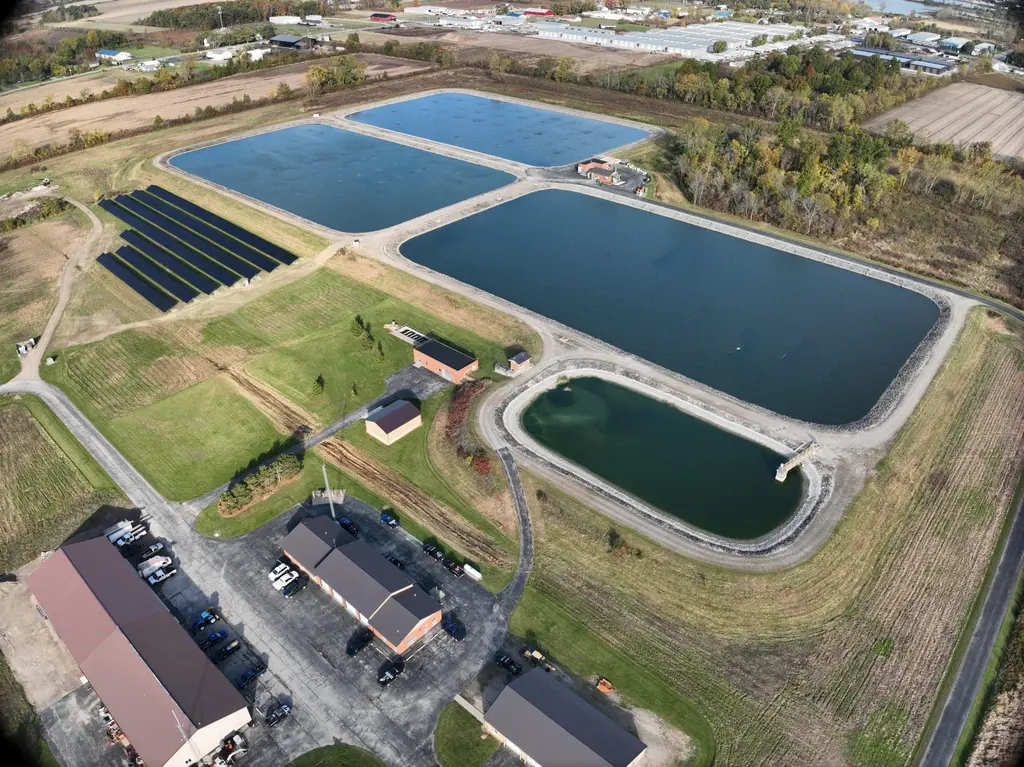Previous statements suggested that solar panels protect and prolong the life of roof surfaces. This seemed to be the only other benefit of installing solar panels on a roof surface. But a new study published in the journal Solar Energy states that installing solar panels on the surface of a building or structure may serve another purpose, in addition to producing clean renewable energy and prolonging roof life.
This study by a team of researchers led by Jan Kleissl, a professor of environmental engineering at the UC San Diego Jacobs School of Engineering explain the cooling benefits provided by solar photovoltaic panels. “There are more efficient ways to passively cool buildings, such as reflective roof membranes. But, if you are considering installing solar photovoltaic, depending on your roof thermal properties, you can expect a large reduction in the amount of energy you use to cool your residence or business. For example, in winter, the panels would keep the sun from heating up the building. But at night, they would also keep in whatever heat accumulated inside. For warmer climates, the two effects essentially cancel each other out.” said Kleissl (ref). In other words, solar panels shield the rooftop in warm weather, reducing heat build-up. The panels lower the power usage inside the building for cooling, while also protecting roof surfaces from the long-term destructive effect of direct sunlight. All while producing lots of clean electricity with no emissions and no noise.
This study is beneficial in understanding the huge reduction in energy use on hot days for some facilities explained by the shading benefit of PV systems. With the exponential growth in rooftop PV, it becomes more important to consider the effect of rooftop PV systems on building HVAC costs and longer roof life, on top of the environmental benefits.








